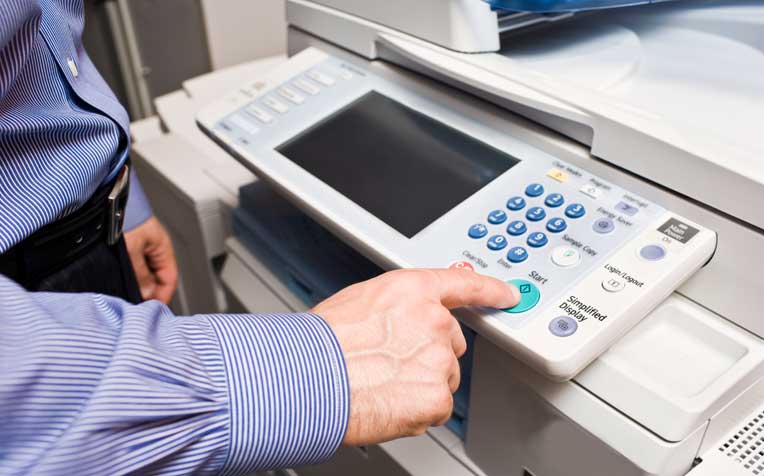
Photocopiers are an essential in the modern office, but beware of the health hazards associated with it.
Photocopiers are oh-so-essential in the modern office. But as we focus on the machines’ sleek design, high-performance functionality and good quality printing, we neglect to consider how potentially risky they can be – to our health.
Workers are using these office machines every single day. Yet not many realise that, under certain circumstances, they can bring on health problems, especially in those with pre-existing respiratory conditions.
Photocopiers create ozone gas
Ozone, a form of oxygen, is a normal constituent of the earth’s atmosphere. It’s a highly reactive, unstable, colourless gas with a distinctive odour.
Photocopiers create ozone through their "corona wires" that apply a charge to the paper so the ink will cling to it. As ozone is highly reactive, any adverse health effects will be found essentially at the sites of initial contact – the respiratory tract (nose, throat and airways), the lungs and at higher concentrations, the eyes.
If exposed to ozone, one could experience headaches, eye and breathing irritations. "It is worse for those with underlying respiratory conditions like asthma, as they are more sensitive to such irritants," say doctors from the Department of Respiratory and Critical Care Medicine at Singapore General Hospital (SGH), a member of the SingHealth group.
Toner dust can cause respiratory tract irritation too
Photocopiers use toner, an extremely fine powder, as part of the printing process.
In substantial quantities, toner may cause respiratory tract irritation resulting in coughing and sneezing. It can also be an irritant to those with respiratory conditions such as asthma or bronchitis.
There are a few situations where one could be accidentally exposed to toner dust. Toner dust spilled inside the machine could become airborne after passing through the ventilation fans into the room. Or, there could be a spillage when one is replacing the toner cartridge.
Other health hazards
Besides ozone gas and toner dust, there are other health hazards associated with photocopiers.
- Selenium:
Selenium is a photoconductive coating applied to the photocopying drum. If the photocopier overheats during operation, it may cause this coating to degenerate. Exposure to selenium is generally accompanied by a metallic taste in the mouth, and a garlic-smelling breath. Long periods of exposure can cause fatigue, insomnia, poor concentration, as well as upper respiratory tract disorders, and irritation of the eyes and lips. The good news is that selenium exposure is rare, and can be successfully treated.
- Carbon monoxide gas:
When a photocopier is placed in a poorly ventilated environment, it can emit carbon monoxide, a deadly, colourless, odourless and poisonous gas. Initial symptoms of carbon monoxide poisoning can include headaches, fatigue, shortness of breath, nausea and dizziness.
- Bright light:
After hours of direct exposure, the intense light used in photocopying may cause eye irritation and after-imaging. The photocopier cover should be closed before copying. Alternatively, operators should avert their eyes from the light source.
Contributed by


















 Get it on Google Play
Get it on Google Play